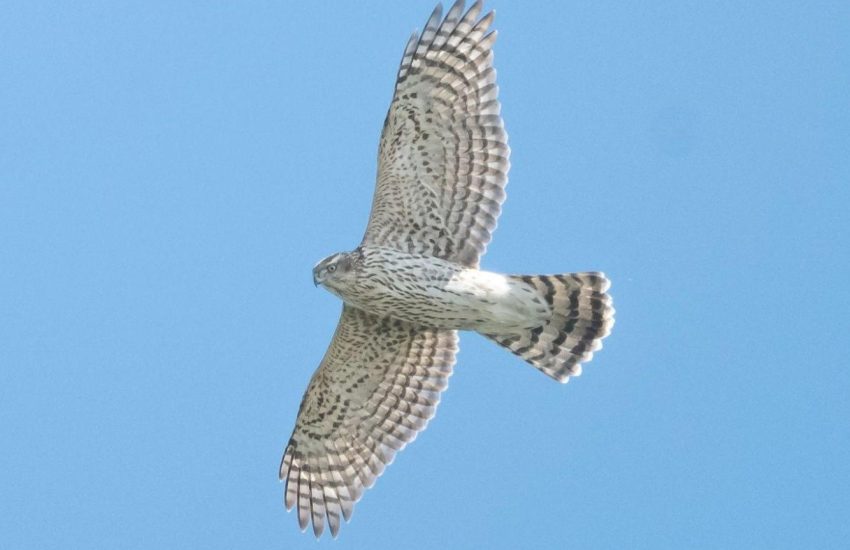Updates from the Turkey Point Morning Flight Count – 11/30/22
November 30th officially marked the end of the morning flight count here at Turkey Point. It has been an excellent season! Over the last two weeks, migration has slowed as we are nearing true winter, and several hard freezes have sent any lingering migrants hightailing it south. The species diversity also dropped and was dominated by waterfowl and hardy late-season migrants like American Robins, Cedar Waxwings, and American Goldfinches. However, with last year’s count ending on the 15th, all of the data collected over the past two weeks is new. Importantly, we now have a much clearer image of the migration timing of several species because of this extension that otherwise would have gone unnoticed.
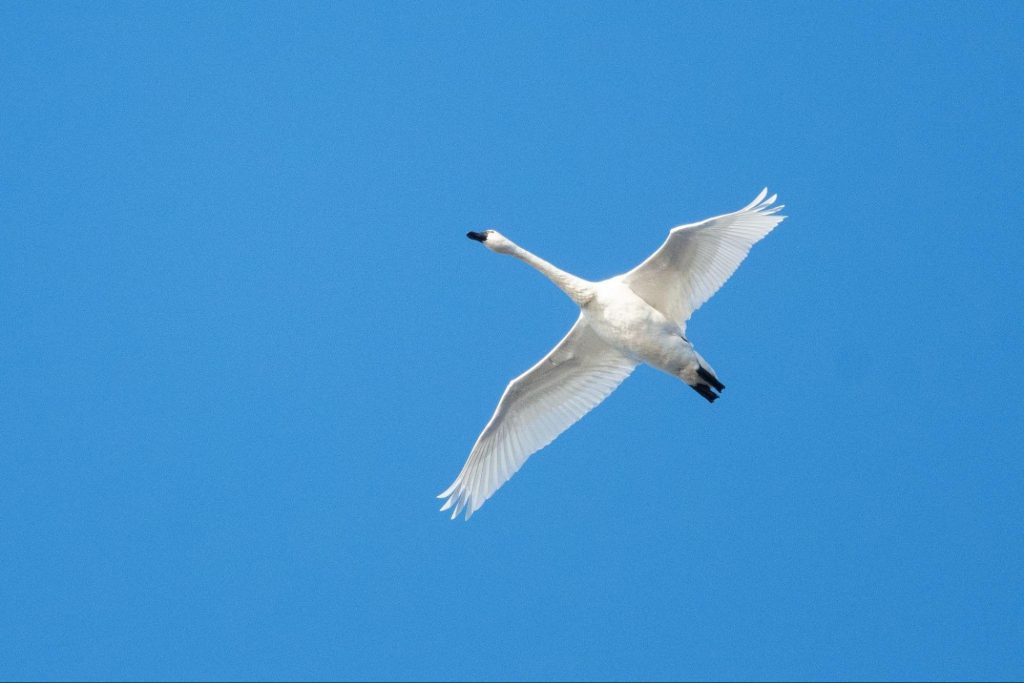
One such species is the Tundra Swan. Although extremely common across Delmarva, they rarely winter much further north or east. Places like Cape May and all of the northeast get almost none. With Turkey Point being at the northern border of their wintering range, their migration patterns and preferences can be studied. The timing of their migration is very interesting. November 7th marked the first migrants, and although seen most days until the end of the season, the vast majority came through between the 17th and the 22nd. If this count ended on the 15th, we would completely miss their migration, and although this is a passerine morning flight count, waterfowl migrations are equally fascinating. Attached below is a bar chart showing the migration timing of Tundra Swans in November. I am unaware of any other species with such a short migration window.
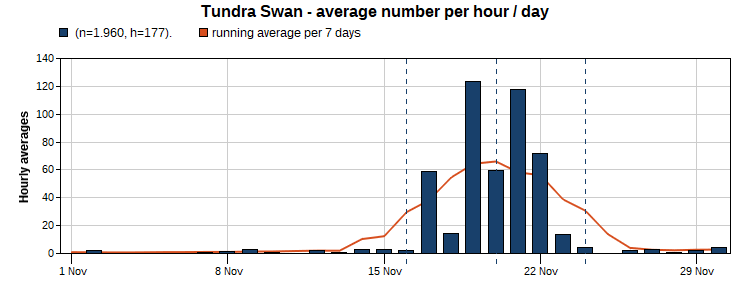
Other species that held strong in the last two weeks are American Robins, Cedar Waxwings, and American Goldfinches. 1000s of robins continued to move past the point on days with favorable conditions up to the season’s end. Since the count started in August, 25,000 robins have been counted, with 16,000 in November. Cedar Waxwings also continued strong over the last two weeks, with several hundred counted most days. These two species probably move for most of the winter or at least until early January.

American Goldfinches are another late-season migrant that showed substantial numbers up to the end. It has been an excellent year for them compared with last year, with over 15,000 counted this season compared to just 364 last year. As I mentioned in my earlier posts, goldfinches are irruptive along with the rest of the winter finches and a select few other passerines. This shows how much seasonal flights can vary from year to year because of that irruptive behavior. The other irruptive species on the move this fall have made appearances at Turkey Point, including several Evening Grosbeaks and a flock of 7 Red Crossbills.
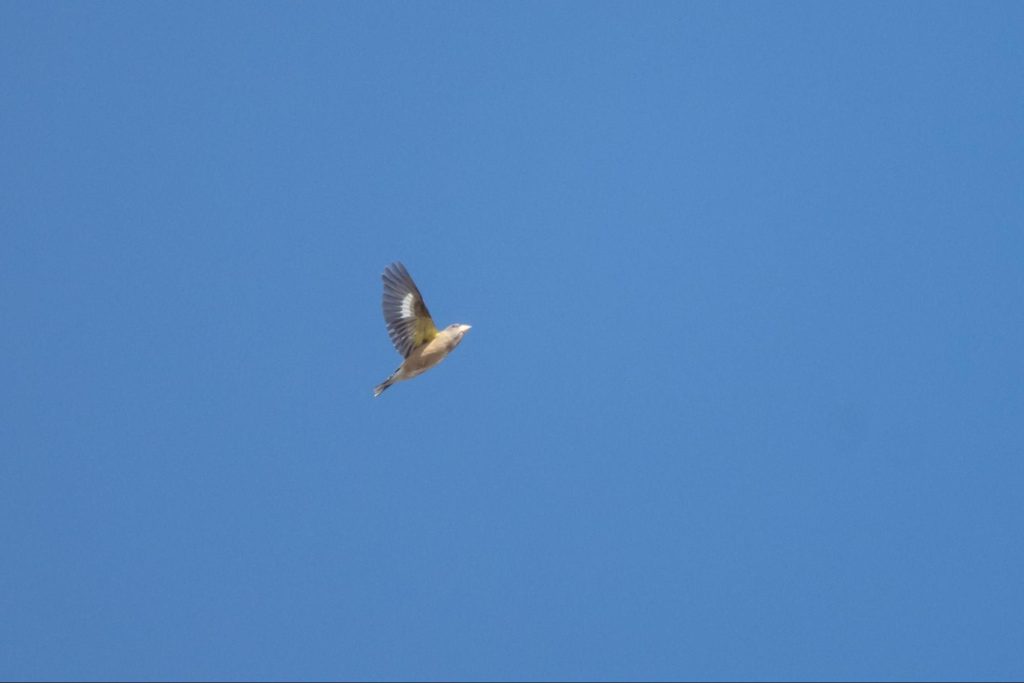
New arrivals for the season were few and far between, and most were waterfowl. Species like Red-breasted Merganser, Common Goldeneye, White-winged Scoter, and Snow Goose made their first appearance of the season. A single Lapland Longspur moving south high overhead on the 26th added to the season’s species count and was a pleasant surprise.
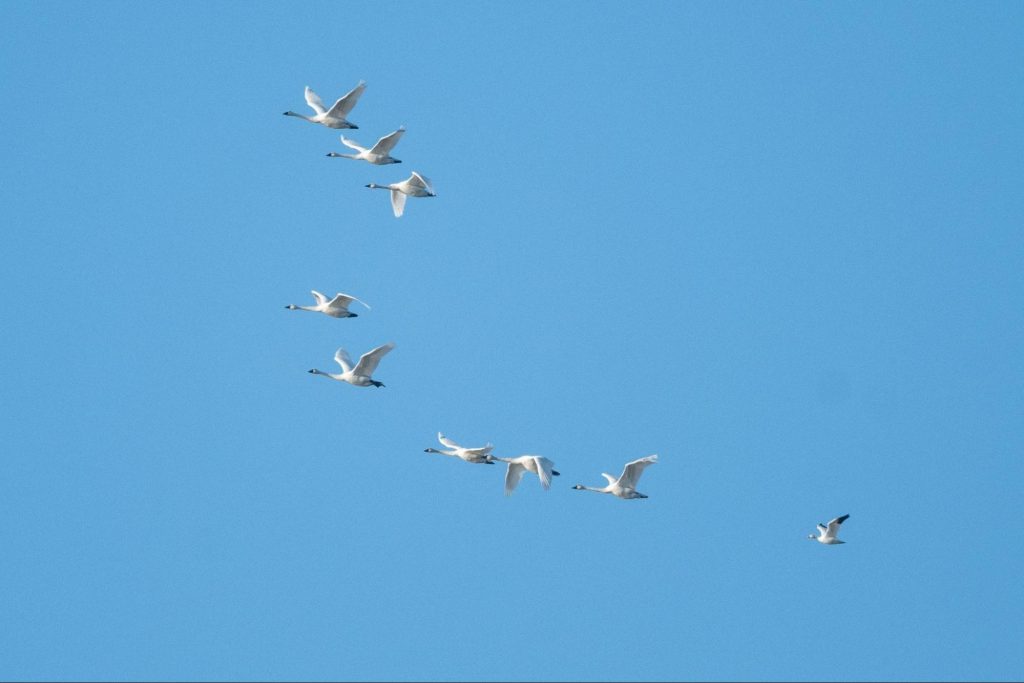
Another highlight in the past two weeks was the season’s 4th Northern Goshawk that glided over on the 17th with a strong NW wind. Interestingly, all the goshawks seen here have crossed due south to the mainland eastern shore, which means goshawks are prowling Delmarva! The hawk watch in Cape May has also had an exceptional flight of goshawks, with 13 counted this season. With a good number of their hawks crossing the Delaware Bay to Cape Henlopen, Delmarva should have a solid goshawk population this winter, so be sure to scrutinize all the Coopers you see.
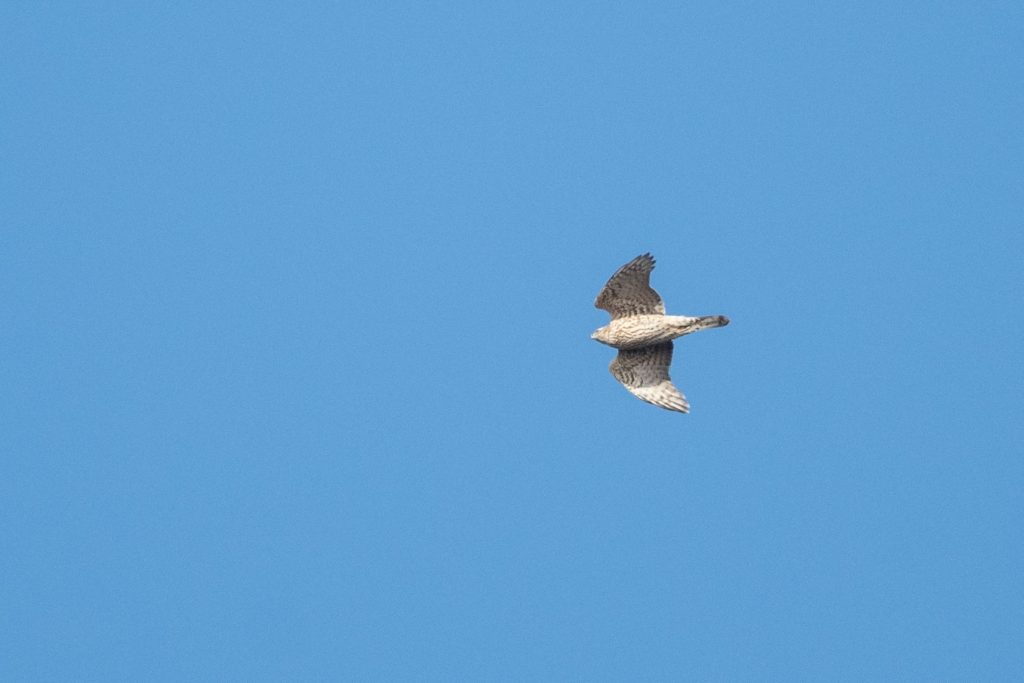
It has been a remarkable season at Turkey Point and I am incredibly thankful for everyone that made this experience possible. Including everyone at Maryland Biodiversity Project, the alternate counters, Rodney Scout Reservation, and all who followed along over the last four months. A full, in-depth report of the season will be posted later this winter. In the meantime, you can check out the totals for the season and view cool bar charts like the one shown earlier for Tundra Swan here:
[Trektellen.org] – Totals MD Biodiversity Project – Turkey Pt. morning flight 2022
Thanks for following along this season and stay tuned for a detailed analysis of the count.
Jonathan


